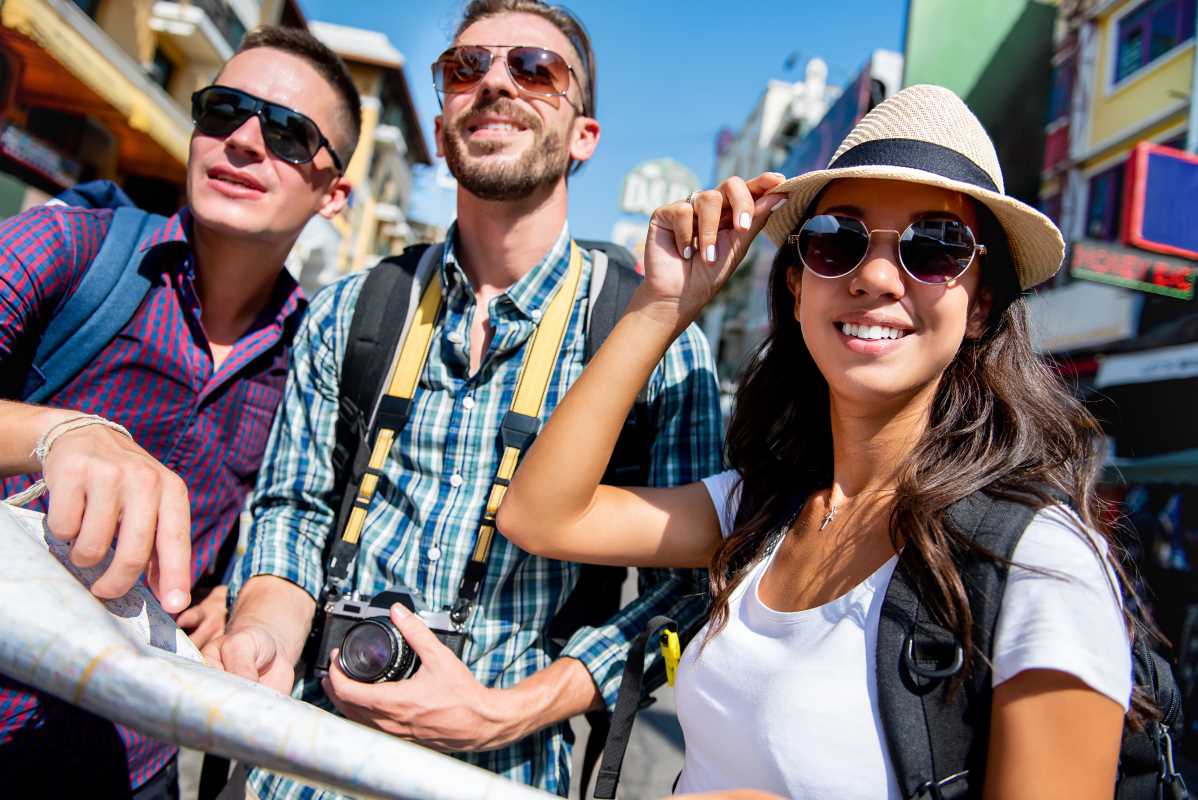Public transportation is a lifeline for many, offering an economical and environmentally friendly way to commute. However, navigating buses, trains, and subways can pose safety challenges. This article presents practical tips to enhance your safety and ensure your journeys on public transit are both secure and stress-free.
Stay Aware of Your Surroundings
Remaining vigilant is your first line of defense. Always be conscious of your environment and the people around you. Avoid getting too engrossed in your phone or other distractions that can make you an easy target for theft or other types of crime. It’s wise to keep one ear free from headphones to stay connected to what's happening around you.
This practice not only helps you avoid potential threats but also keeps you prepared to react swiftly in case of unexpected situations like sudden stops or emergencies.
Keep Valuables Secure
When traveling, make sure your purse, wallet, and electronics are secure and out of sight. Use bags with zippers and keep them closed and in front of you, especially in crowded compartments. For those who wear backpacks, consider carrying them in front when in tight spaces to prevent pickpocketing.
This simple habit significantly reduces the risk of theft as it minimizes the opportunities for someone to discreetly reach into your belongings without your notice.
Choose Your Seat Wisely
Whenever possible, select a seat near the driver or in a well-lit section of the train or bus during off-peak hours. Avoid sitting near doors if you can, as these areas can be more susceptible to opportunistic crimes. Being in view of the driver or security cameras acts as a deterrent to potential wrongdoers.
Selecting seats in busier, more visible parts of the vehicle can also give you quicker access to exit in case you feel uncomfortable or need to make a quick getaway due to any arising issue.
Travel During Busier Times
There is safety in numbers. If your schedule allows, try to travel when others are also likely to be commuting. Buses and trains are generally safer during peak hours because of the high volume of passengers. The presence of more people can deter potential criminals and provide you with immediate assistance if something goes wrong.
Moreover, waiting for transportation at a busy station or stop can minimize the time spent alone, reducing vulnerability to personal safety threats.
Familiarize Yourself with Emergency Procedures
Every public transit system has emergency protocols and procedures. Make sure you know what they are. Look for emergency buttons or intercoms in trains and buses, and familiarize yourself with the nearest exits no matter where you’re seated.
Knowing how to quickly respond in an emergency, whether it's contacting the conductor, using an emergency exit, or alerting authorities through an emergency call feature, can make a crucial difference in critical situations.
Maintain Personal Boundaries
In the close quarters of public transport, it's important to establish and maintain your personal space. If someone infringes on your comfort, don’t hesitate to move to another seat. Asserting your personal boundaries is not only about comfort but also about your safety.
Being proactive about your personal space can also signal to others that you are vigilant and conscious of your surroundings, often dissuading unwanted interactions.
Use Apps for Safety
Many public transit systems have associated apps that provide real-time updates on schedules, delays, and sometimes even security notifications. Some apps also allow you to report issues directly to transit authorities, which can include reporting suspicious activities or requesting assistance.
Utilizing these apps can keep you informed and prepared for your journeys, adding an extra layer of security as you navigate through various routes.
Trust Your Instincts
If something doesn’t feel right, trust your gut. Whether it's opting to wait for the next bus or moving to a busier carriage on a train, taking action based on your instincts can be protective. Your intuition is a powerful tool in maintaining personal safety in public spaces.
In summary, using public transportation requires a balance of awareness, preparedness, and proactive behavior to ensure safety. By incorporating these simple yet effective strategies into your routine, you can protect yourself and enjoy a more secure commuting experience.
 (Image via
(Image via





